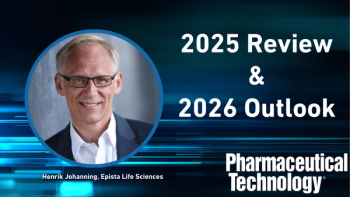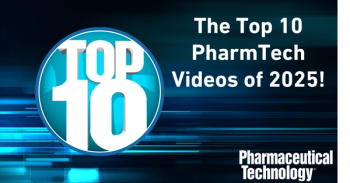
A Call for Flexible Manufacturing Capacity for Vaccine Production
Interphex2007, New York, NY (Apr. 25)-As governments begin to contemplate the possibility of biological terrorism or a pandemic event, a new problem begins to emerge: in the case of a pandemic or an attack, even if a vaccine or treatment exists, how could it be produced in sufficient numbers to prevent the deaths of millions of people? That question was addressed in at the conference session, "Responding to Bioterrorism and Pandemic Events: A Case for Development of Flexible Manufacturing Space for Vaccine Production," at Interphex today.
Interphex2007, New York, NY (Apr. 25)-As governments begin to contemplate the possibility of biological terrorism or a pandemic event, a new problem begins to emerge: in the case of a pandemic or an attack, even if a vaccine or treatment exists, how could it be produced in sufficient numbers to prevent the deaths of millions of people? That question was addressed in at the conference session, “Responding to Bioterrorism and Pandemic Events: A Case for Development of Flexible Manufacturing Space for Vaccine Production,” at Interphex today.
Although vaccines are being produced in large numbers for illnesses such as the H5N1 strain of avian influenza, concerns remain over pharmaceutical manufacturers’ ability to produce vaccine in sufficient quantities and in adequate time to address a major catastrophic event. In his presentation, Jeffery Odum, principal with NC BioSource (Raliegh, NC,
Odum pointed out that a great deal of funding from the Department of Homeland Security (Washington, DC,
Odum did admit that certain concerns would need to be addressed, especially biocontainment, as some of the plants could be handling potentially dangerous materials. These issues need to be resolved while pursuing the larger goal of creating sufficient capacity for needed vaccine production.
Newsletter
Get the essential updates shaping the future of pharma manufacturing and compliance—subscribe today to Pharmaceutical Technology and never miss a breakthrough.




